Google Account


Google has redesigned the account switcher used across Google Search, Gmail, Docs, and more, introducing a larger UI with Material You styling.
Expand Expanding Close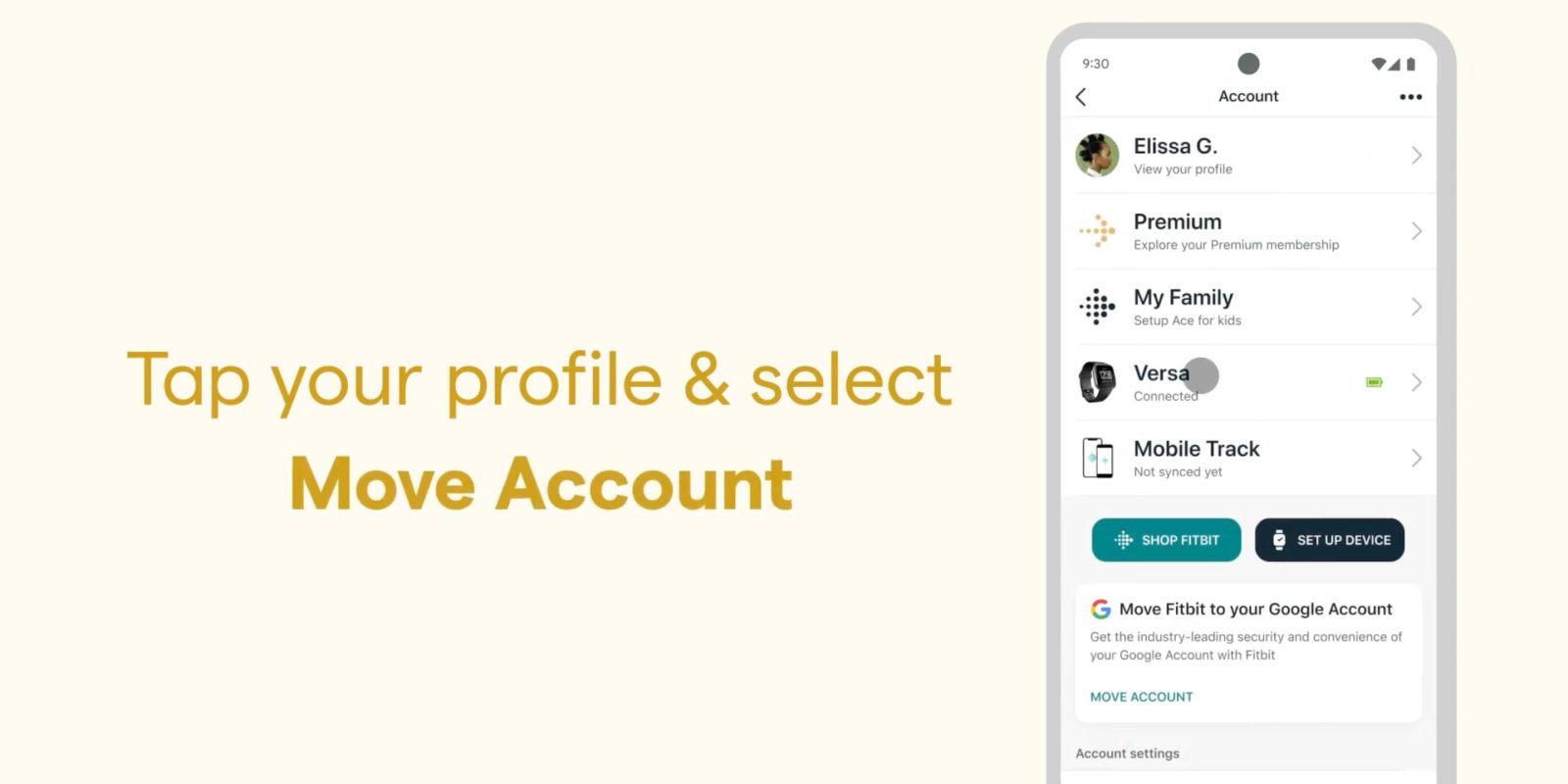
Fitbit is moving away from its own account and password system to just use Google’s. This provides a number of benefits and is rolling out now.
Expand Expanding Close
In 2020, Google said it would remove content stored in an inactive account (but not the account itself) to preserve storage space. Google is now updating its inactivity policy so that old, unused accounts will be deleted starting later this year.
Expand Expanding Close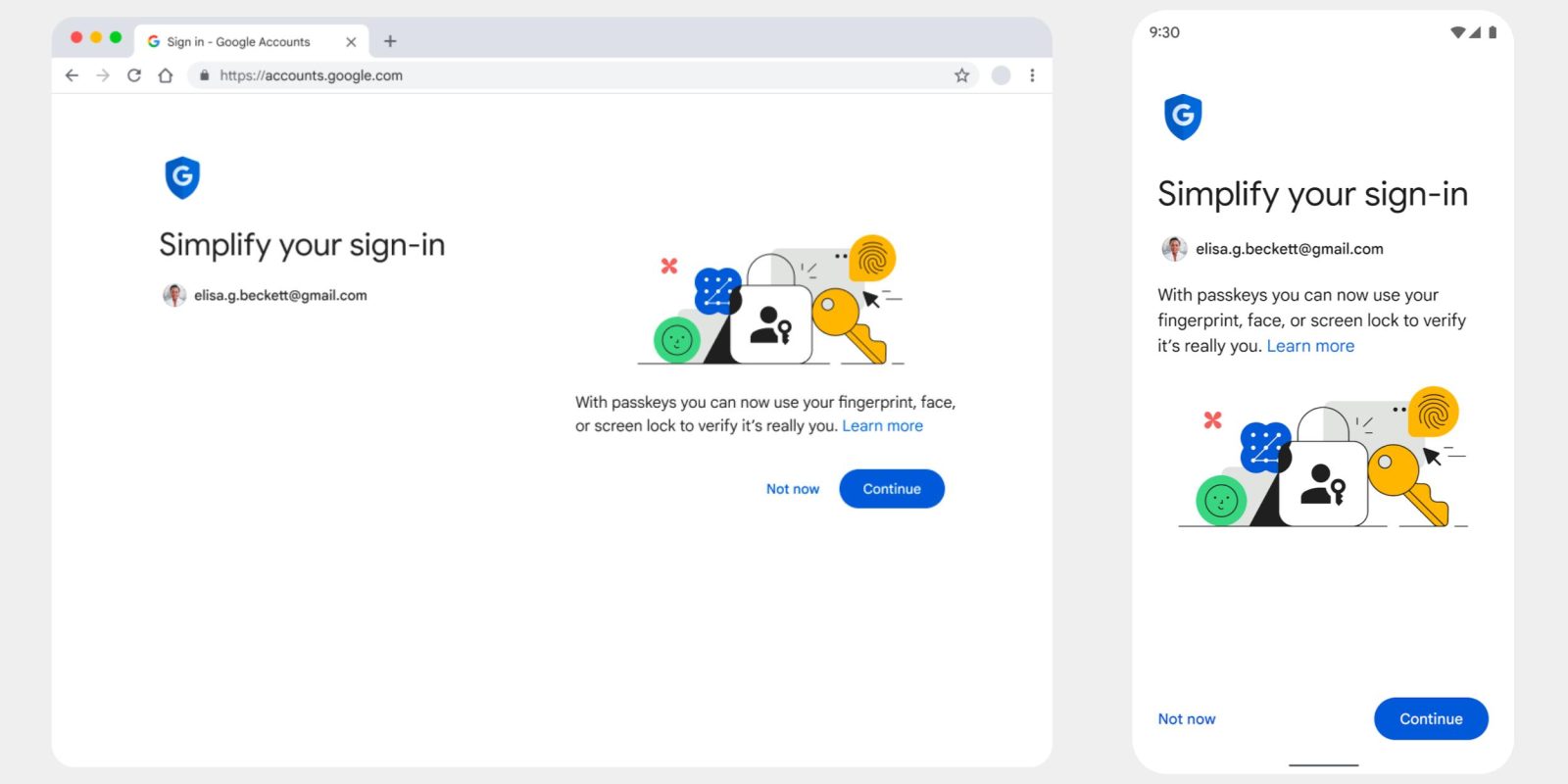
Google has spent the past several years working to replace passwords because of frequent reuse, vulnerability to data breaches, and phishing. Passkeys are the industry solution, and the ability to log in to your Google Account with them is starting to roll out.
Expand Expanding Close
As we previously spotted, Fitbit shared today that its transition to using Google Accounts for logging in and new device registration will start this summer.
Expand Expanding Close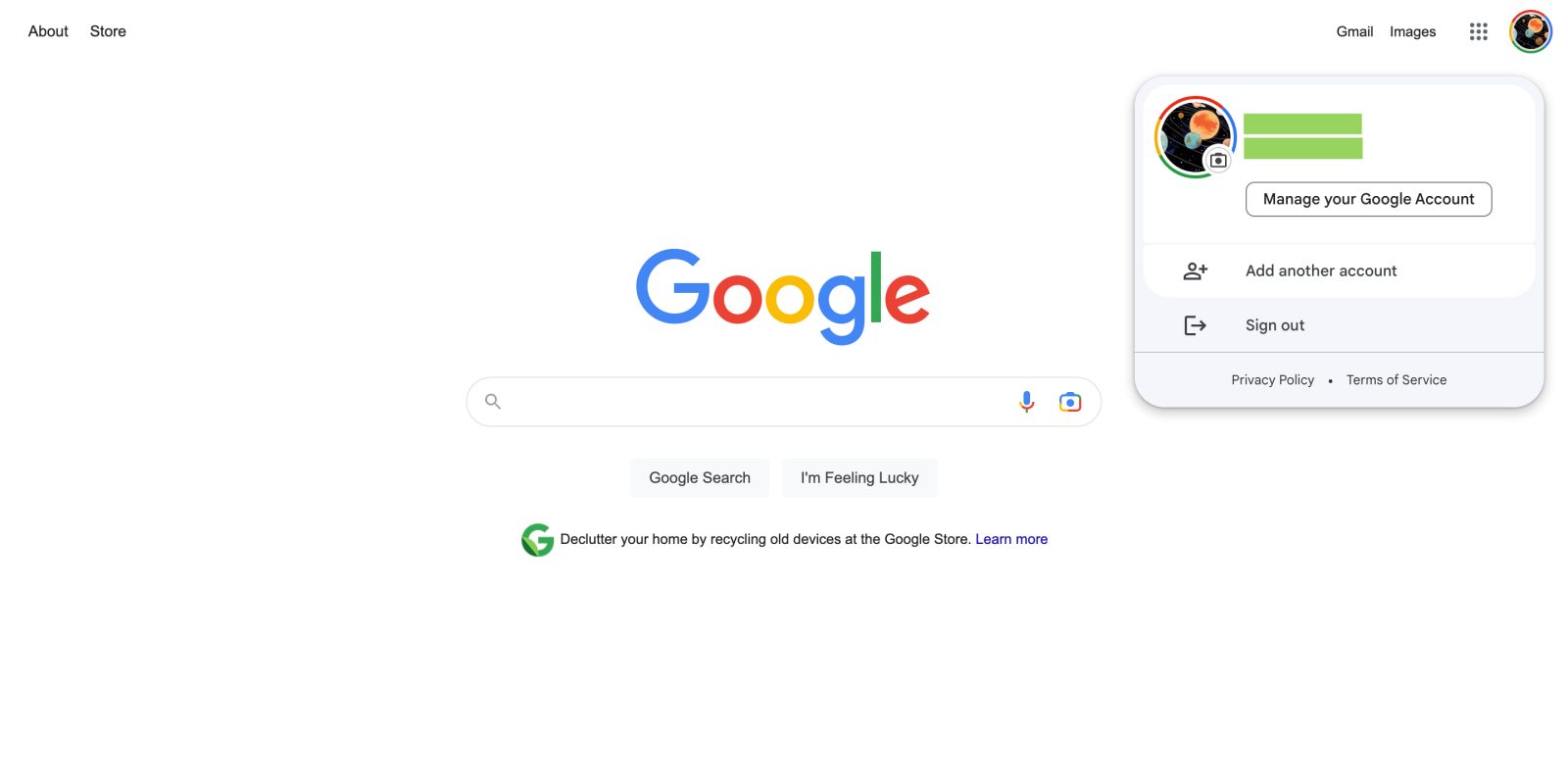
After debuting in Messages on Android, the Google Account switcher on the web is getting a Material You redesign.
Expand Expanding Close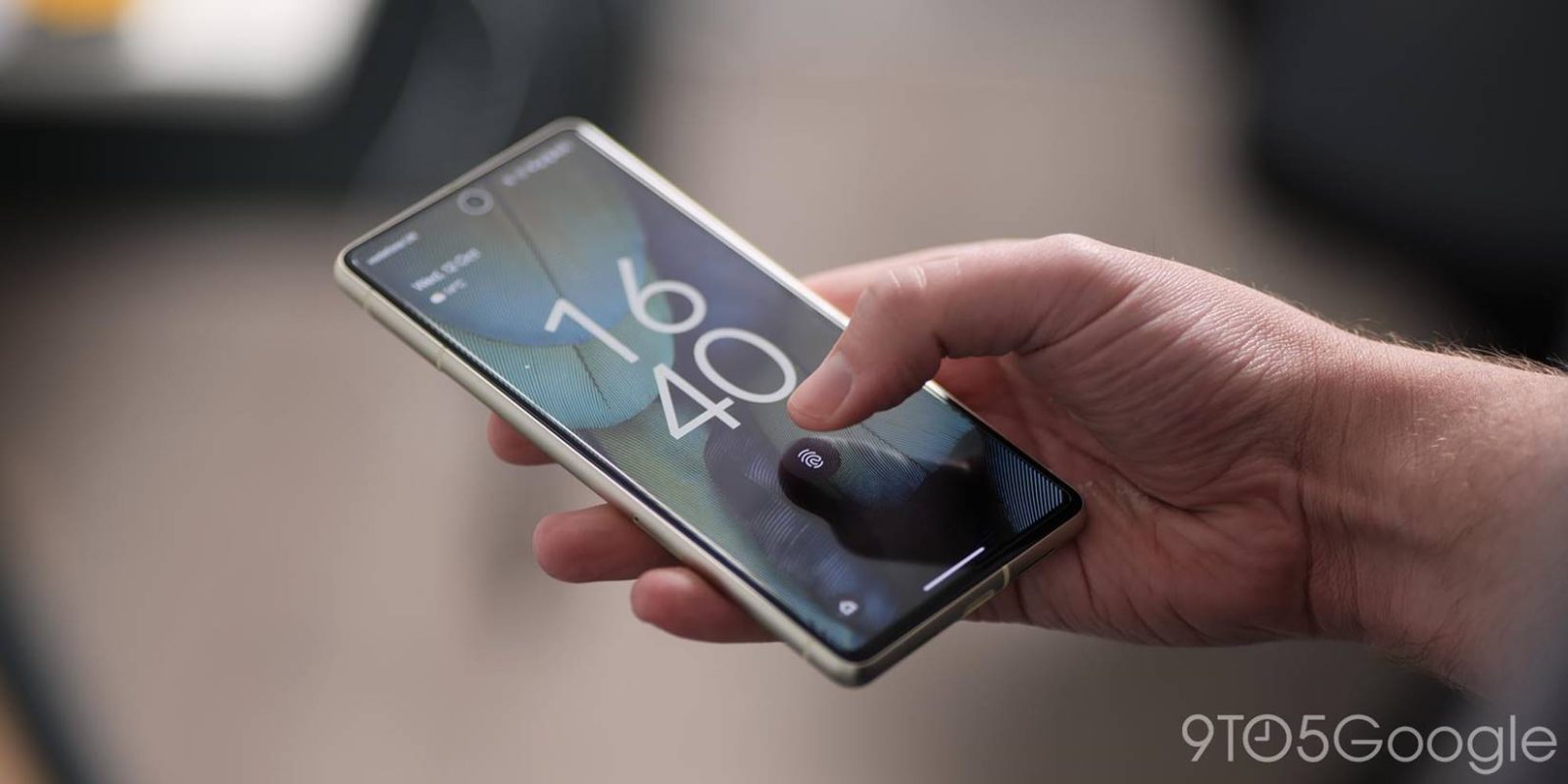
If checking the Pixel’s Security & privacy menu returns a “Google Account may be at risk” alert encouraging you to “Add a screen lock,” you’re not alone today.
Expand Expanding Close
Back in September, Google started updating the account switcher found in the top-right corner of all its Android apps, and it’s now getting more Material You and Dynamic Color.
Expand Expanding Close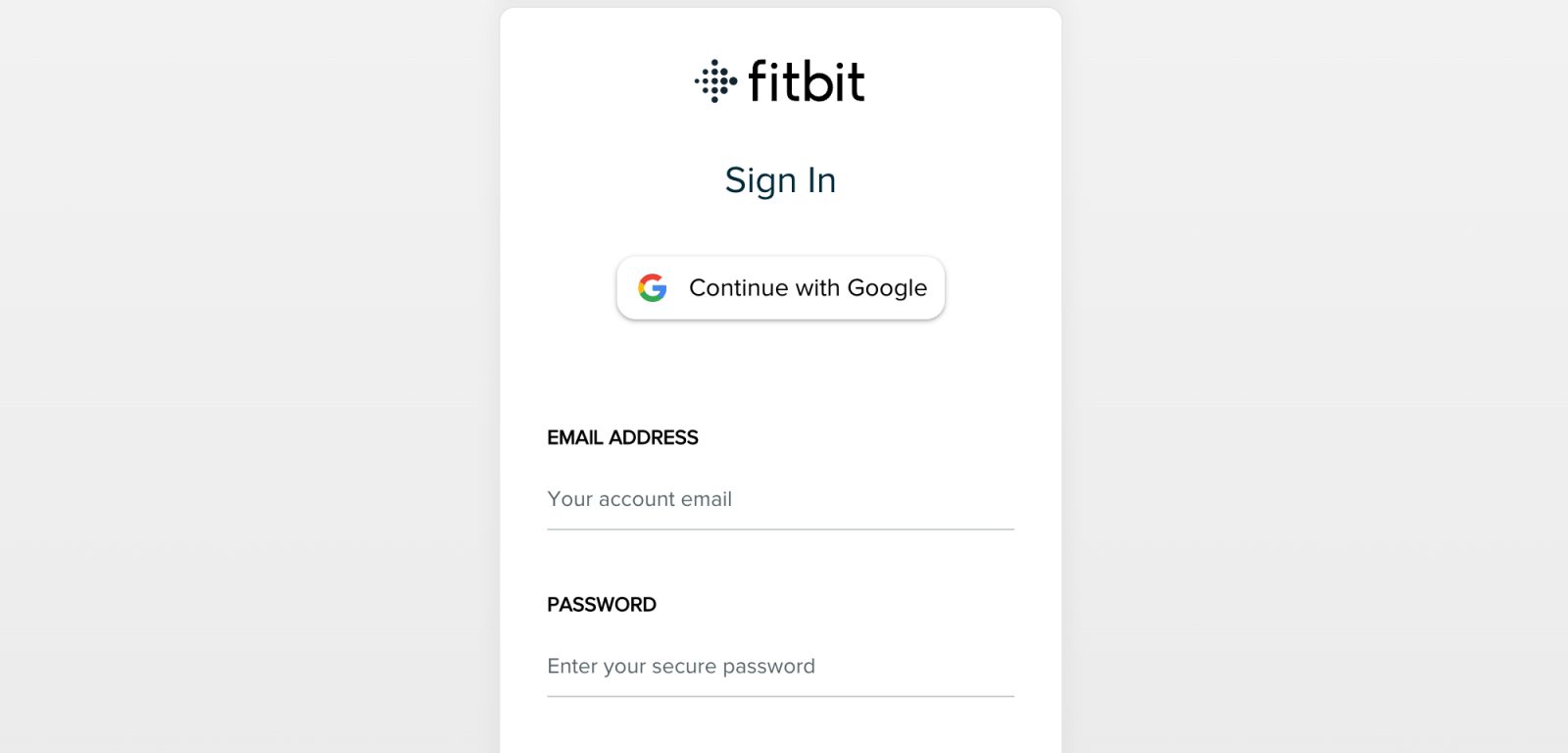
Starting in 2023, Fitbit will require a Google Account to use new devices and features. As part of transitioning to a single account system, Fitbit.com is losing support for Google sign-in.
Expand Expanding Close
Enabling two-factor authentication for the vast majority of your online accounts is the bare minimum in this day and age. Google Pay will soon require 2FA (2SV) to “view any payment info.”
Expand Expanding Close
In addition to announcing initial Android and Chrome support, Google today detailed how passkeys on Android will sync to its Password Manager.
Expand Expanding Close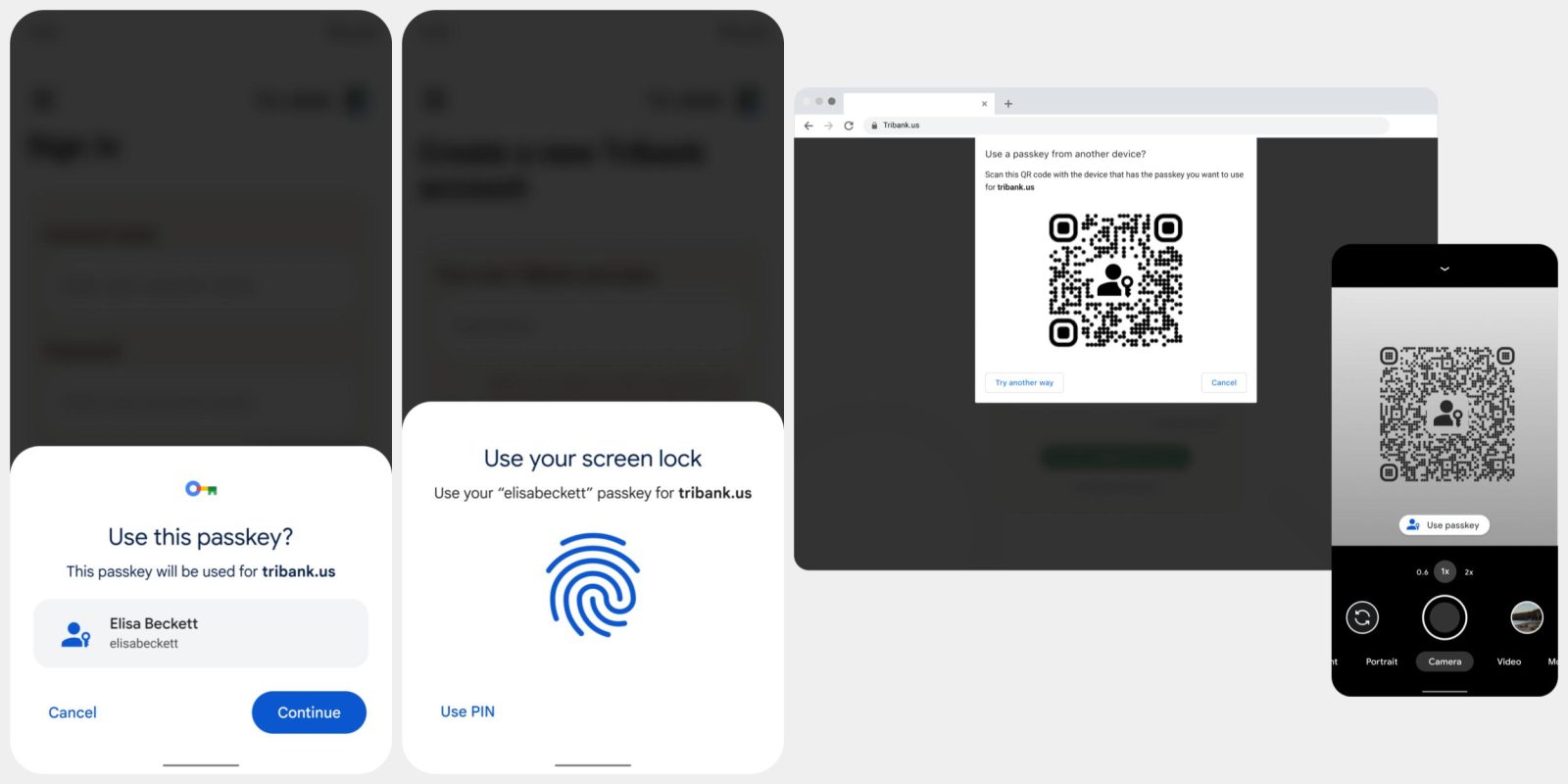
Apple, Google, Microsoft, and others in the industry want to replace website/app passwords with “passkeys” that just require you to unlock your device. Starting today, Android and Google Chrome will support signing in with passkeys.
Expand Expanding Close
One of the most common UI components across first-party Google apps is the account switcher, and it’s picking up more Material You elements.
Expand Expanding Close
With the launch of Fitbit’s latest devices, “Fitbit by Google” branding was introduced. The Sense 2 and Versa 4 already have a UI modeled after Wear OS 3, but the integration is getting deeper from 2023 onward when Google Accounts will be required to use Fitbit.
Expand Expanding Close
Buying things and paying for subscriptions online has been completely normalized and is one of the easiest ways to do so. Google lets you add and keep debit and credit card information stored in your Google Account, so you have that info wherever you go. One important aspect of this is being able to manage payment methods in your Google Account, whether that’s adding or removing them. Here’s how to do that.
Expand Expanding Close
Following the US Supreme Court’s decision to overturn Roe v. Wade, people have raised concerns about how sensitive health and location data could be used against them. Google today announced “additional steps [it’s] taking to protect user privacy around health issues,” including auto-deleting abortion clinic visits from Location History.
Expand Expanding Close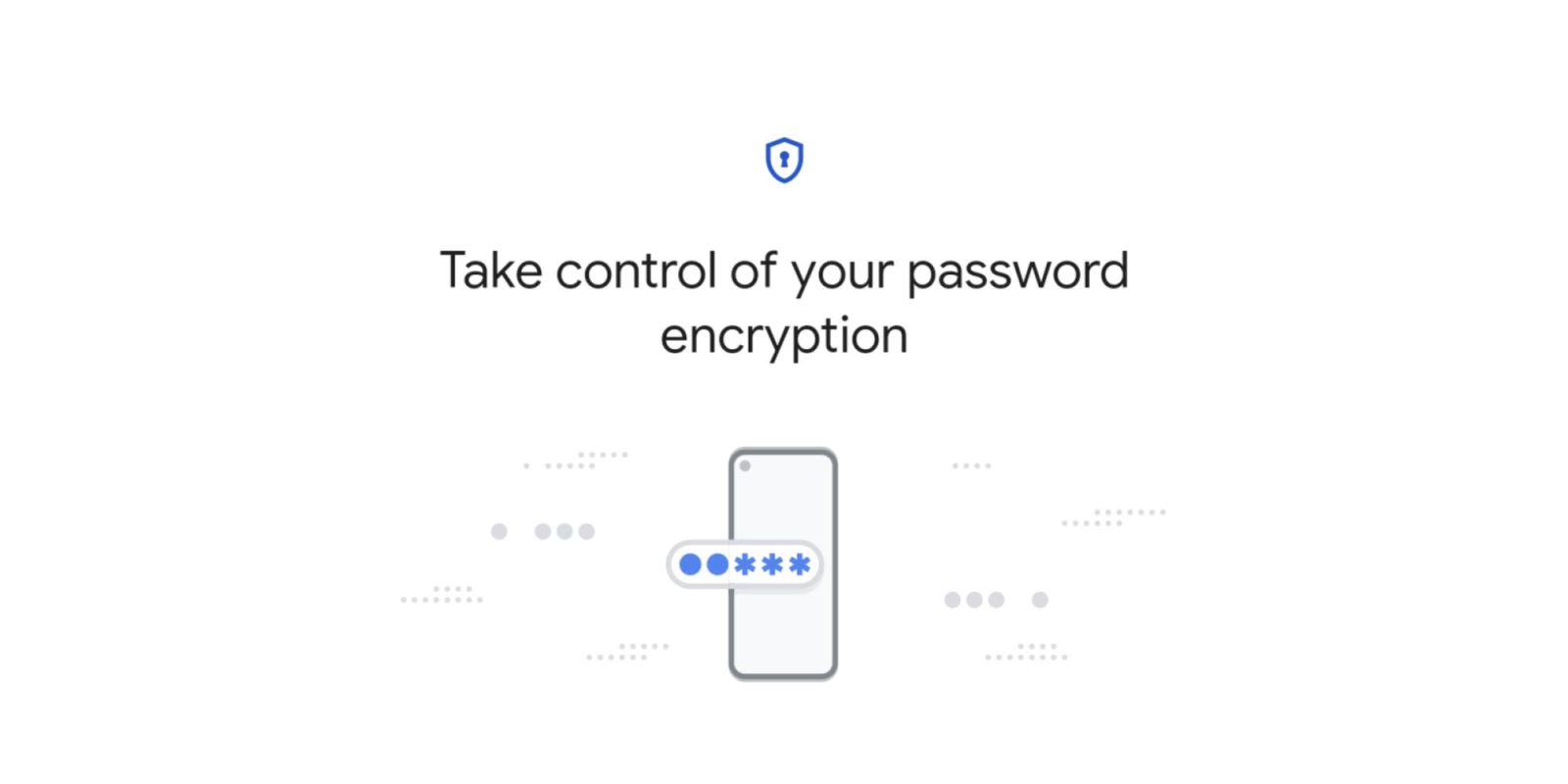
The technology industry (Apple, Google, Microsoft) ultimately wants to get rid of passwords with passkeys. Until then, the Google Password Manager is starting to offer on-device encryption so that “only you can see your passwords.”
Expand Expanding Close
Following our report last month, Google today announced its support for “passwordless FIDO Sign-in standards” and previewed what the end-user experience of passkeys on Android and Chrome will look like.
Expand Expanding Close
The security industry, as organized by the FIDO (Fast IDentity Online) Alliance, has been working to replace passwords given people’s tendency to use weak ones or reuse them. Two-factor authentication (2FA) has helped to remedy that but the future is “passkeys,” with Android and Google readying support.
Expand Expanding Close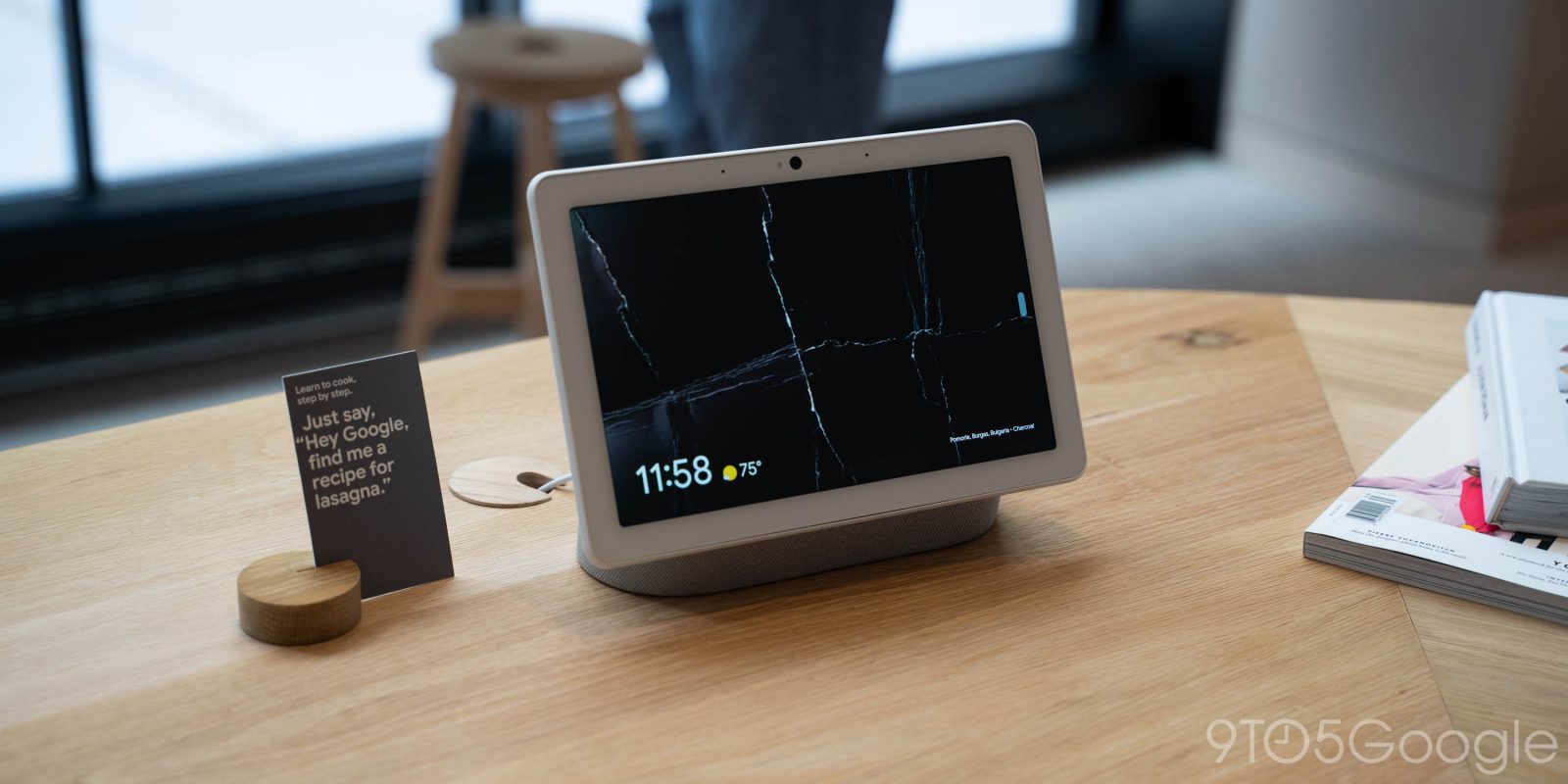
For Safer Internet Day 2022, Google is previewing a handful of new features across several products, including Assistant, Fi, and Account security, and a slew of related initiatives.
Expand Expanding Close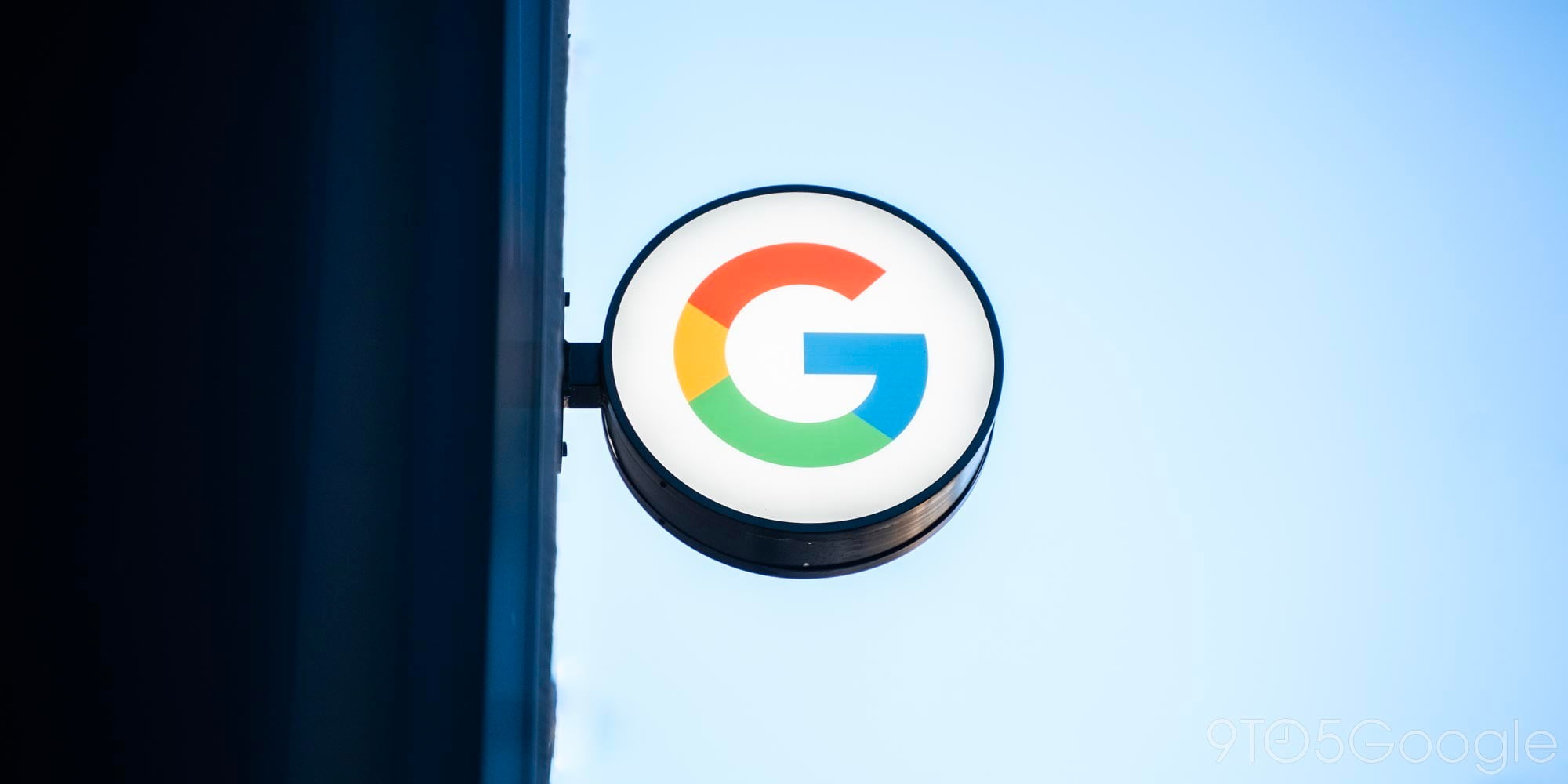
Last year, Google started automatically enabling 2-Step Verification for end users. It has now successfully done so for 150 million people and this 2SV requirement has resulted in a 50% decrease of compromised Google Accounts.
Expand Expanding Close
Having a Google Account means customizing it to your heart’s content. That truly becomes the case when choosing a profile picture, since that picture is the face of your account and the thing that everyone sees. Google Illustrations is a tool integrated into Gmail for Android that lets you create custom profile pictures and really spice up your account.
Expand Expanding Close
Back in May, Google said it would start automatically enabling two-factor authentication on eligible accounts. As part of Cybersecurity Awareness Month, Google today provided an update on its account 2SV efforts.
Expand Expanding Close
Google is rolling out two security-related changes that are aimed at simplifying the process of getting 2-Step Verification (2SV) backup codes through a new page and approving permissions on the OAuth screen.
Expand Expanding Close